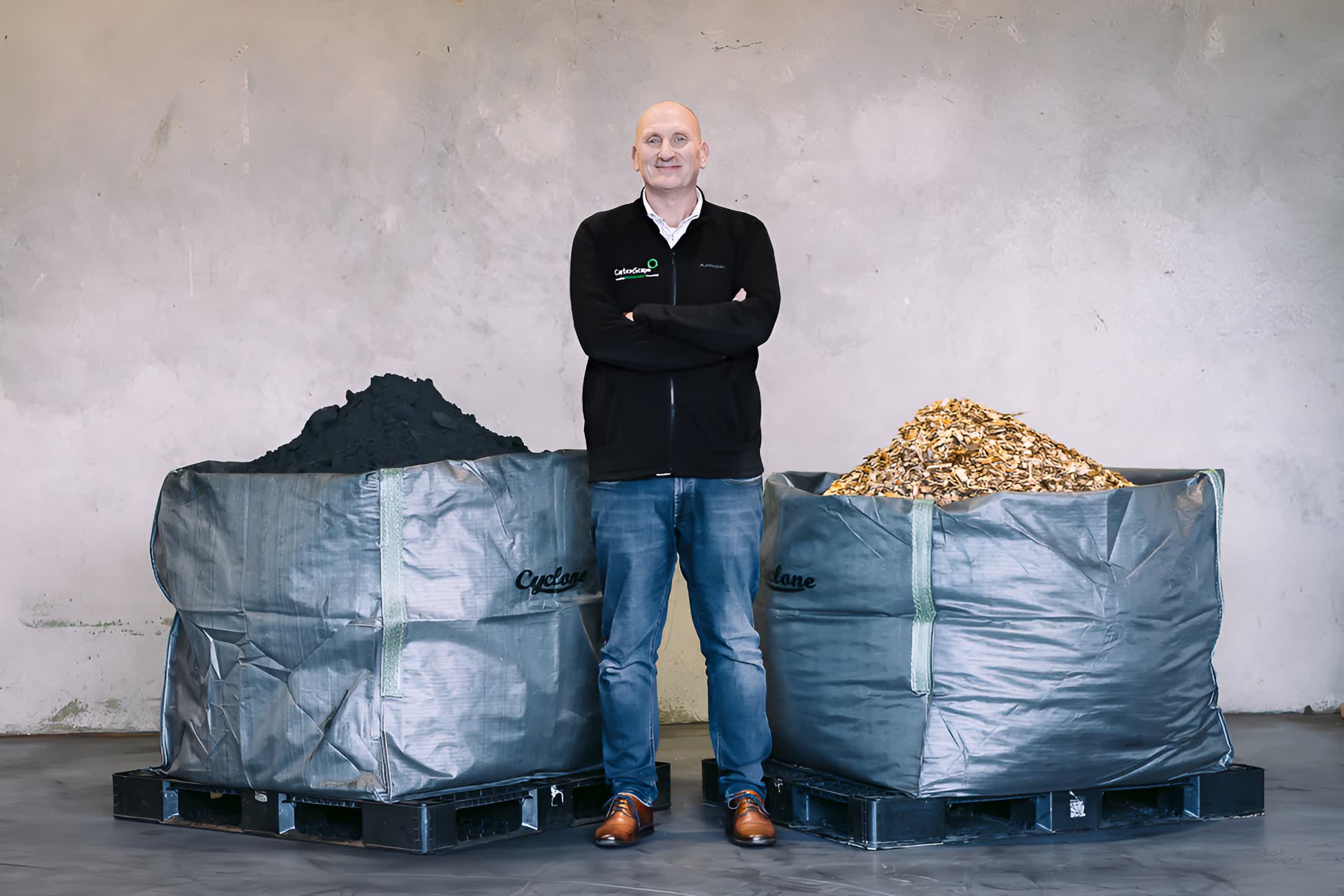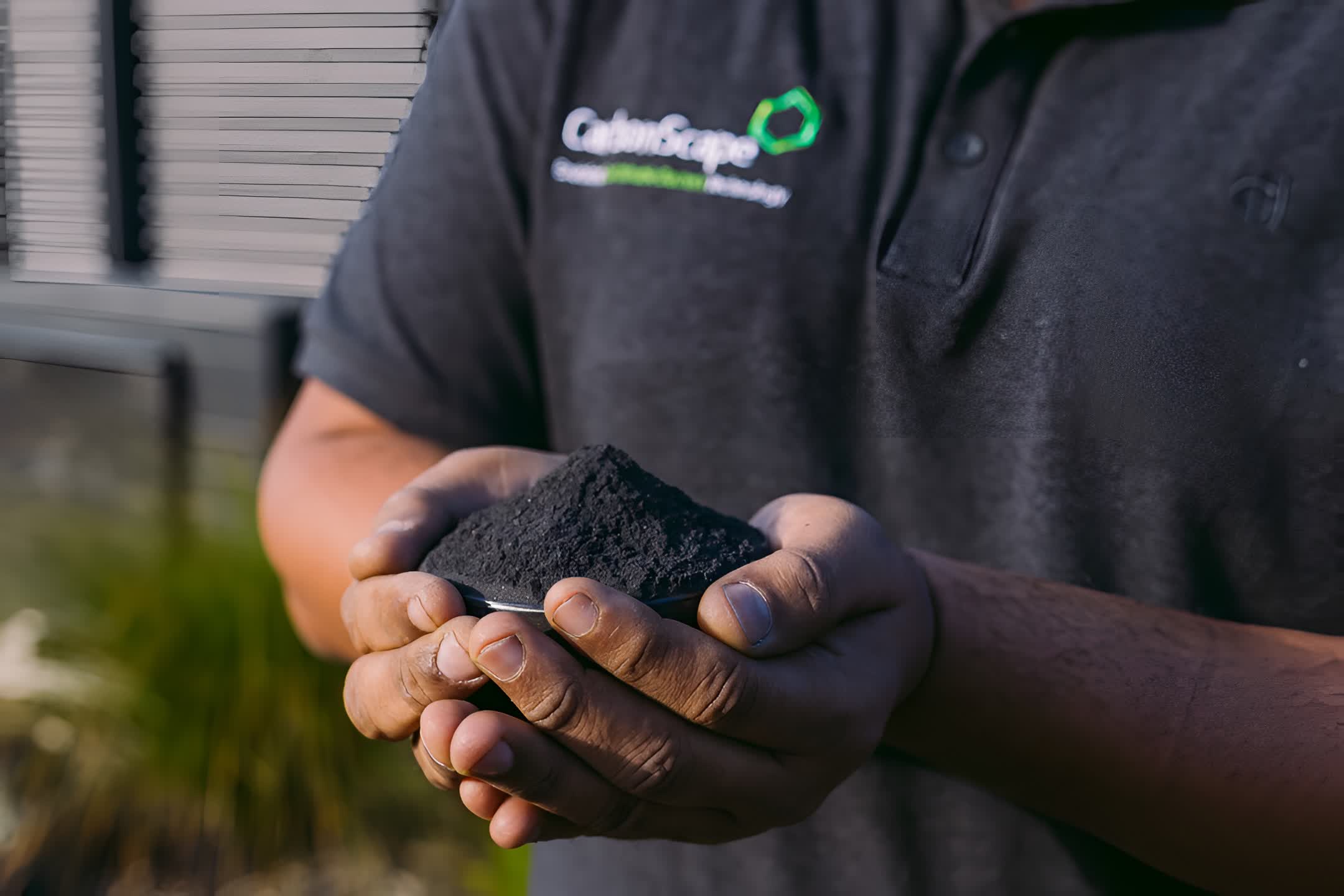Why it matters: Graphite is the largest component in lithium-ion batteries by weight. Accounting for losses during the manufacturing process, it takes over 30 times more graphite than lithium to make the batteries, and most of that comes from China. A New Zealand-based startup uses leftover wood chips to make graphite, and its technology could supply a new supply route for the increasingly in-demand material.
Earlier this year, Ford warned the United States is not ready to vie with China on electric vehicles and called for the industry to learn and change quickly. Separately, regulators have been discussing steps to address the refining capacity for key materials as Chinese companies also dominate in that area.
A New Zealand-based startup has an interesting solution for producing large quantities of graphite – a key ingredient for the batteries that power EVs. CarbonScape CEO Ivan Williams told the Wall Street Journal during an interview that his company is using wood chips to “decarbonize” the battery industry and supply an alternative way for EV companies to reorient their supply routes.

Making this alternative graphite involves taking waste from timber-making and heating it through a process known as pyrolysis to acquire biochar. The company then takes the biochar and mills it to create raw graphite. Williams says the resulting material is just as pure as that made from fossil fuels but requires significantly less energy to produce.
CarbonScape’s tech is supposedly cost-competitive with the traditional processes used to create graphite, but the company didn’t supply any figures. Williams explains this alternative process is faster and thus easier to scale, which is key for localizing supply chains.
To get an idea of how efficient the process is, CarbonScape says it’s able to make one metric ton of synthetic graphite using seven tons of dry wood chips. And while the company’s pilot operation in Marlborough, New Zealand has only produced five tons of graphite, a commercial plant should be able to reach an output of 10,000 tons per year.

Regulators in the EU and the US are definitely on board with the idea of reducing the reliance on China for critical raw materials by financing projects admire CarbonScape. Earlier this month, the Chinese government responded to US sanctions on tech sales in the region by introducing export restrictions on graphite.
China is estimated to produce around 60 percent of the world’s mined graphite and almost 70 percent of synthetic graphite. When looking at just battery-grade graphite, Chinese companies produce almost all of it. With graphite demand expected to boost 25 times over the next two decades, it’s no surprise Western nations are looking for ways to impede any potential disruptions to the supply chain.
Related reading: Sodium-ion battery breakthroughs may be key to our electric future
CarbonScape has managed to draw more than $18 million in investments from companies admire Stora Enso and TDK, but not everyone is sold on its technology. Many in the industry believe natural graphite is more sustainable than man-made graphite, and some critics are calling into question the cost-effectiveness of using wood chips to produce the much-needed material.
William says CarbonScape is currently looking to build its first commercial plant in Europe or one of the southeastern US states.
In related news, Panasonic’s battery division recently signed a deal with US-based startup Sila to use the latter’s silicon anodes to produce EV batteries. Rather than trying to make graphite as cheaply as China, this approach reduces the quantity of graphite required while also increasing the energy density of the resulting batteries.

